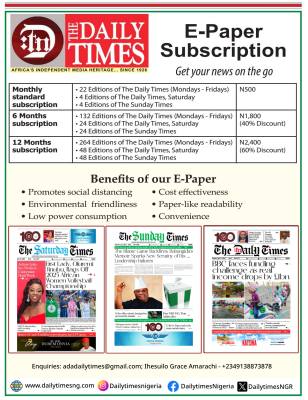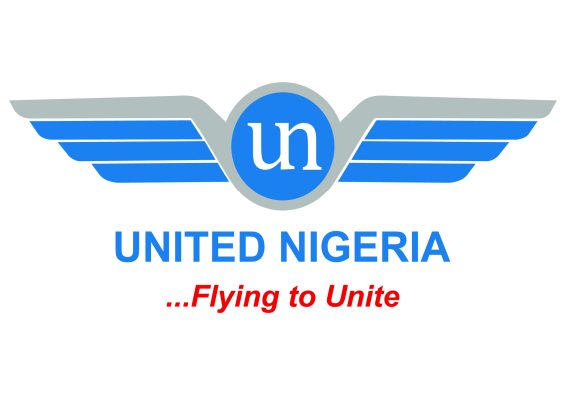Low visibility :NCAA reviews weather minimal for 18 airports

Delays and cancellations due to low visibility caused by adverse weather may be a thing of the past as the Nigerian Civil Aviation Authority (NCAA) and Nigerian Airspace Management Agency (NAMA) have carried out a review of Aerodrome Operating Weather Minima for 18 airports in Nigeria.
The reviewed Aerodrome Operating Minima, which is coming 34 years after the first review, would serve to enhance the operating capacity of the aerodromes. This is due to the fact that it will avail the operators with improved minima for low visibility operations.
The 18 aerodromes where the operating minima and takeoff minima has been reviewed are Lagos, Abuja, Kano, Port Harcourt, Calabar, Dutse, Eket and Enugu.
Others are Gombe, Ilorin, Kaduna, Katsina, Kebbi, Owerri, Sokoto, Uyo, Yola and Zaria.
The review, according to a statement signed by General Manager Public Affairs, Sam Adurogboye, is in compliance with the provision of Part 8 of the Nigerian Civil Aviation Regulations (Nig.CARs Part 8), and in accordance with International Civil Aviation Organisation (ICAO) Doc.9365.
This present review allows for takeoff as low as 150 metres Runway Visual Range (RVR). While some airports in the country with Category Two Instrument Landing Systems (ILS Cat II) can permit landing with 300 metres Runway Visual Range (RVR).
Before this review, the lowest visibility with Category Two ILS in the nation’s airports was 800 metres/550 RVR (Runway Visual Range).
Based on the review, the following airports now have ILS Cat II Approach and Landing Minima, Abuja, Lagos, Kano, Port Harcourt, Kaduna, Ilorin, Gombe, Owerri, Sokoto, Uyo, Yola, Dutse, Calabar and Enugu.
In this review, the Regulatory Authority took cognisance of improvements in visual and navigational aids within the 18 affected airports.
According to the review, the landing minima specified for all the 18 (Eighteen) airports were determined based on applicable criteria as defined in the ICAO PANS-OPS Doc. 8168, Doc.9365.
These includes all relevant amendments, as well as available navigational facilities (ILS,VOR/DME, etc) or PBN Navigational Specification (RNAV/GNSS).
On the other hand, the reviewed operating minima provided for a performance based Takeoff minima for the affected aerodromes in Nigeria is determined by available visual aids for takeoff. These are Runway Centre Lights, Touchdown Zone lights, Runway Edge Lights, Threshold Lights, Runway End Lights and Runway Surface Markings.
It should be noted that the last time weather minima were actually reviewed was in 1983. However, a semblance of revision undertaken in 1993 only stated that the takeoff minima shall be equal or greater than landing minima at all airports. This is to allow for an air return to the same airport should there arise an emergency.
Therefore, the implementation of these revised aerodrome operating minima (both takeoff and landing) shall be based on compliance with applicable Standard Operating Procedures for Low Visibility Operations at the affected airports. This is executed by Flight Crew, Air Traffic Controllers (ATC), Aerodrome Operators and the Meteorological Agency.
To ensure the seamless operation of these revised minima, the Nigerian Meteorological Agency (NiMET) shall continue to ensure prompt and regular provision of required meteorological information. These will include flight visibility and Runway Visual Range (RVR) values to all ATC units in the airports. Thus NiMET and NAMA shall ensure constant updating of the Automatic Terminal Information Service (ATIS) with the available RVR values as appropriate.
All airlines, Aerodrome Operators and Air Navigation Service Providers are required to ensure adequate training of their personnel and flight crew that would be involved in low visibility operations.
The Air Navigation service provider is expected to ensure regular flight calibration of all available navigational aids. This is to ensure safe and efficient flight operations, especially during low visibility operations.
The Nigerian Civil Aviation Authority (NCAA) will continue to provide a proactive regulatory oversight that will ensure safety and security of all flight operations







